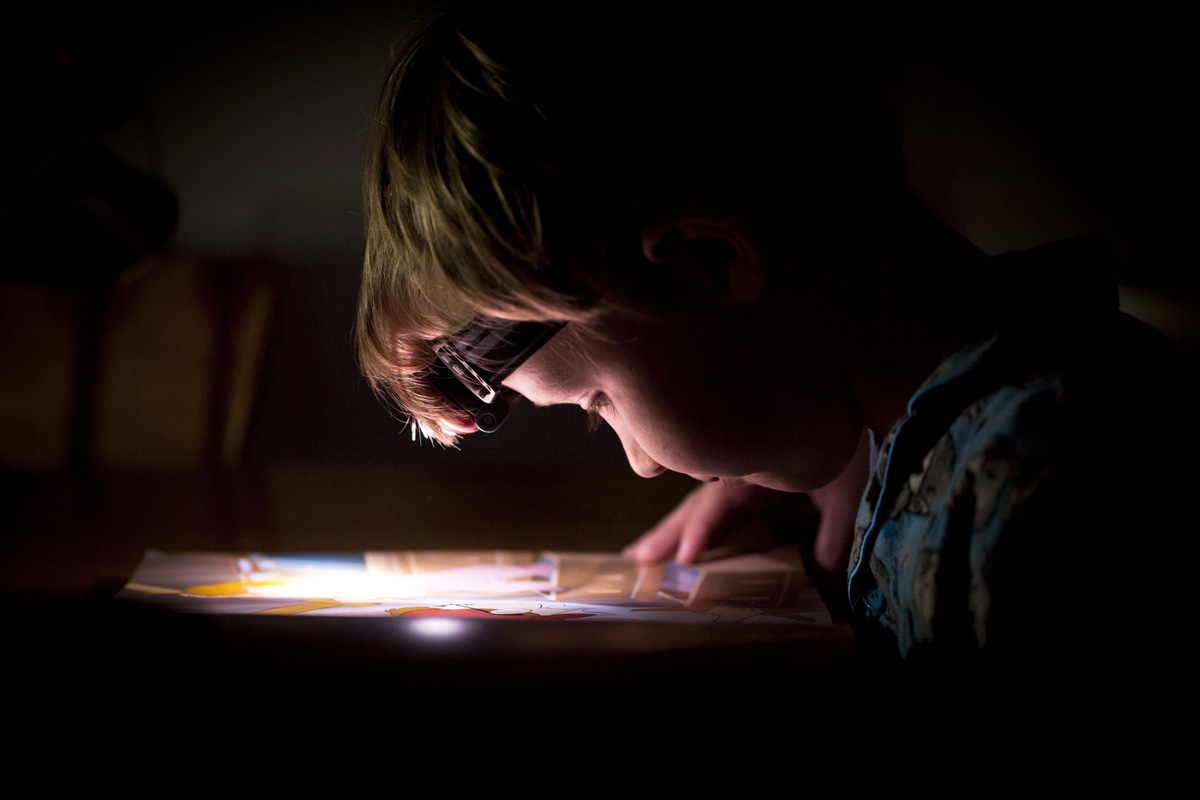on
The inconvenience of a short-term power outage can be lessened by being prepared. You don’t want to be scrambling around for a flashlight or trying to figure out how to get water or heat your home or cook when the power is already out.
For the smaller items you are going to want to prepare a “blackout” kit. This kit can be assembled in a bag or tote the choice is yours. You will also want to pick a place to store it that is easy to get to if you need to find your way to it in the dark. These days your cell phone is probably close by you, but running the flashlight on it will quickly drain your battery so know how to get to your blackout kit without stubbing your toe in the dark.
Light: The first thing you are going to want to have in your kit is obviously something to provide light. This can be in the form of different sizes and types of flashlights. This should include headlamps for hands-free illumination and a omni-directional light such as a lantern. At least one flashlight and headlamp per person is recommended.
Glowsticks can be a fun option too, especially if you have children.
Including solar powered lighting is another good option, but only if you have the space to store it and a way to get it out into the sun. This may not work as well if you are in an apartment building without a lot of light.
I do not recommend candles for lighting after experiencing an elderly neighbor being killed when her house caught on fire from candles during an ice storm related power outage.
Batteries: You are going to want to have extra batteries for all stored flashlights. Nothing worse than scrambling in the dark to find a flashlight only to discover a dead or dying battery. At least one extra set, preferably two should be stored. And it helps if you have limit your choices to 1-2 battery types as well. If you want to be even better prepared, include a solar charger and some rechargeable batteries as well.
Combustion device: this can be matches, a BBQ lighter or just a cheap BIC lighter. If you have a gas stove you will still be able to cook on it, but you may have to light the pilot light. You may also need them for cooking or heating purposes as we will discuss later.
Radio: It should go without saying that this should be a battery-operated or windup style radio so that you can hear the news and it is a morale booster to have music playing and feel connected to the outside world. A hand-cranked combo unit that gives you light, USB charging plus a radio too would be a good choice.
That is about all you will need in your blackout bag or tote the other items we are going to discuss involve more storage space and are not an immediate necessity, but things you would need to bring out if the power is out for more than just a few hours.
Heating: The best thing is to have a wood stove installed before the outage. It will cover both heating and cooking needs as long as you have a supply of wood. Next best would be a fireplace, it won’t do as good of a job as a wood stove for heating or cooking but it does give you options.
The first thing you are going to want to do is if you have forced-air heating is to close all the vents that cold air isn’t coming in. Close all the doors in the house and try to eliminate opening and closing outside.
If it is winter and the power outage appears like it is going to last a while, you are going to want to pick a room (often the master bedroom is the best choice) and have everyone, including pets, hang out in that room. Close the door and put a towel along the bottom to block drafts. If you have a door to the outside in that room such as a sliding glass door you will want to tape plastic over it. Even just a painters drop sheet taped to cover it will help keep heat in. You will be surprised at how warm that room will stay.
Dressing in layers to help regulate your core body temperature is also important. Warm socks that go up above the calf but that aren’t tight are recommended. Also wearing a stocking hat will also help you keep reduce loss of body heat.
If you don’t have a master bedroom suite to camp out in,
then another option that young kids seem to love is “camping” in the living
room. Set up a tent, or build a blanket
fort. Moving around to build it will
also help you stay warm.
Make sure you have sleeping bags for everyone in the household. If they are compatible sleeping bags you can zip
two of them together and have a child sleep with a parent to help them stay
warm. And don’t forget your pets. If they can be trusted, let them cuddle up
with you both for their benefit and yours.
For pets that require heaters wrap their cage or aquarium with a blanket
to conserve as much heat as possible.
You may also want to invest in a battery-operated heater and/or bubbler.
Candles can be used to help you heat up a room, but do not use them when you
might be sleeping.
Portable, nonelectric space heaters are another option to warm a room. Make sure propane heaters are indoor-safe because many propane heaters designed for outdoor use can cause a deadly carbon monoxide buildup if used in an enclosed space. Kerosene heaters also produce carbon monoxide, but when operated properly do so at a minimum. It’s a good idea to crack open a window for ventilation when you use a space heater, and keep it at least 3 feet from anything flammable. Before use make sure you have a working carbon monoxide detector in place.
Cooking: If you have a wood stove, fireplace or gas range you are set for creating hot meals from the food in your pantry. The pilot light may need to be lit if your range has an automatic pilot light.
First, keep the refrigerator and freezer doors closed,
unless you briefly open them to grab perishable food. Eat foods from the
refrigerator first, since they will be the first to go bad. Items in the
refrigerator will stay cold for about four hours if the refrigerator is
unopened. A freezer will maintain its temperature for 48 hours if it is full,
but only about 24 hours if it is half full.
A BBQ or camp stove can be used in the garage (or carport) – providing the door
is at least half way open for ventilation, but do not use charcoal or kerosene
anywhere but completely outside. They
build of CO2 very quickly and can be deadly even in an open garage.
One of the safest ways to cook indoors is by using a sterno or “canned heat” stove. These are flaming canisters that are often used by caterers to keep food warm. They use a gel-like fuel that won’t spill, they’re easy to start, and a 7-ounce can will burn for a couple of hours. These little canisters don’t burn anywhere near as hot as a woodstove, but it definitely gets hot enough for you to scramble some eggs, make tea or cocoa, heat up canned soup, or cook your dehydrated or freeze-dried foods.
Another option for cooking doors is a denatured alcohol stove. These stoves burn very cleanly, and because they use a liquid fuel, there’s no risk of a gas leak. However, you’ll have to let the stove cool down before refueling, which can be annoying if you run out of fuel while you’re halfway through cooking a meal.
A quick trip to the store, and appropriate supplies organized and stored where they are easily accessible can make quite a difference in a short-term situation. And it isn’t too hard to scale up your supplies to be prepared for longer outages too.
Get access to premium content and more!
Skills for long-term survival
Emergency Water Storage







